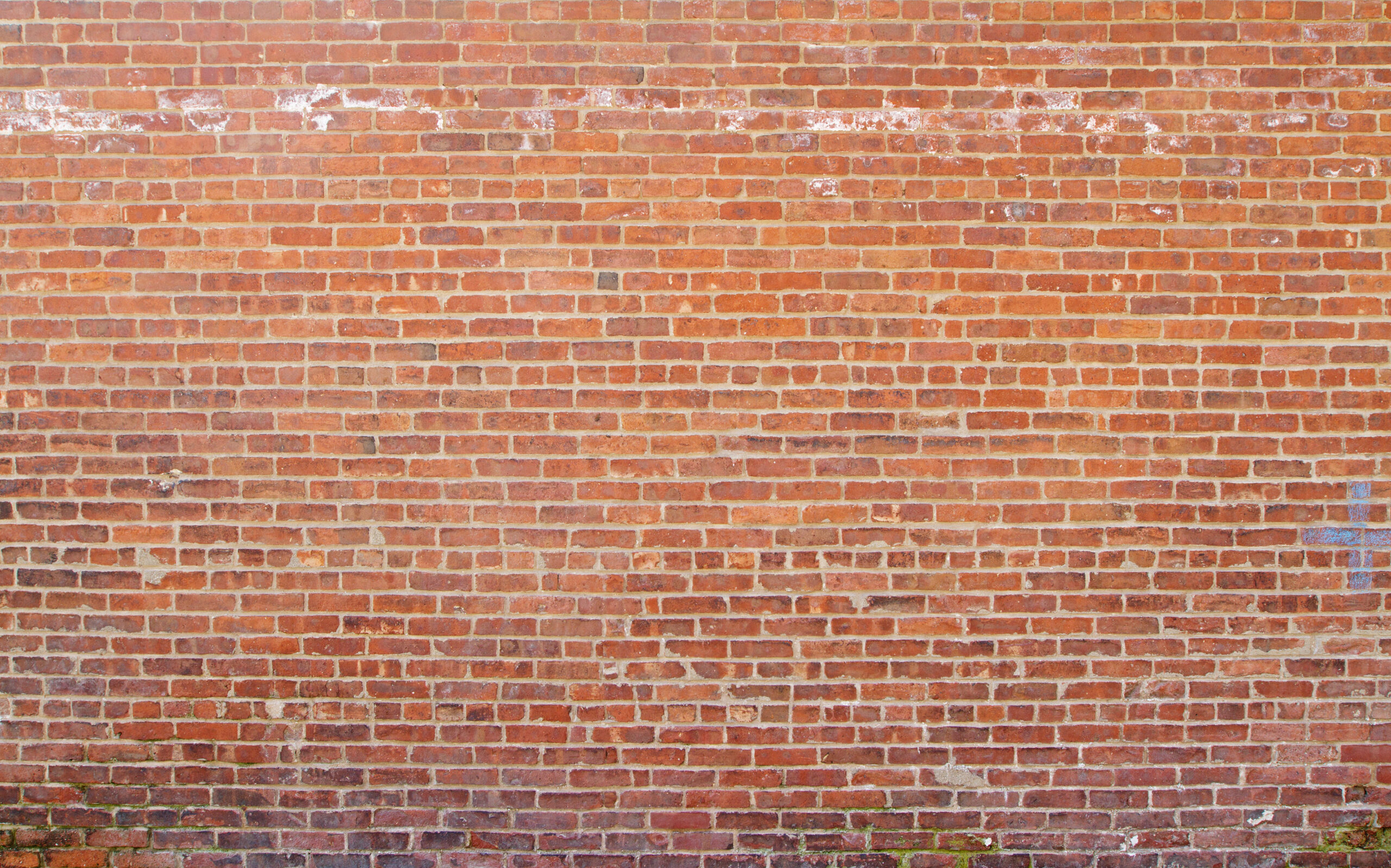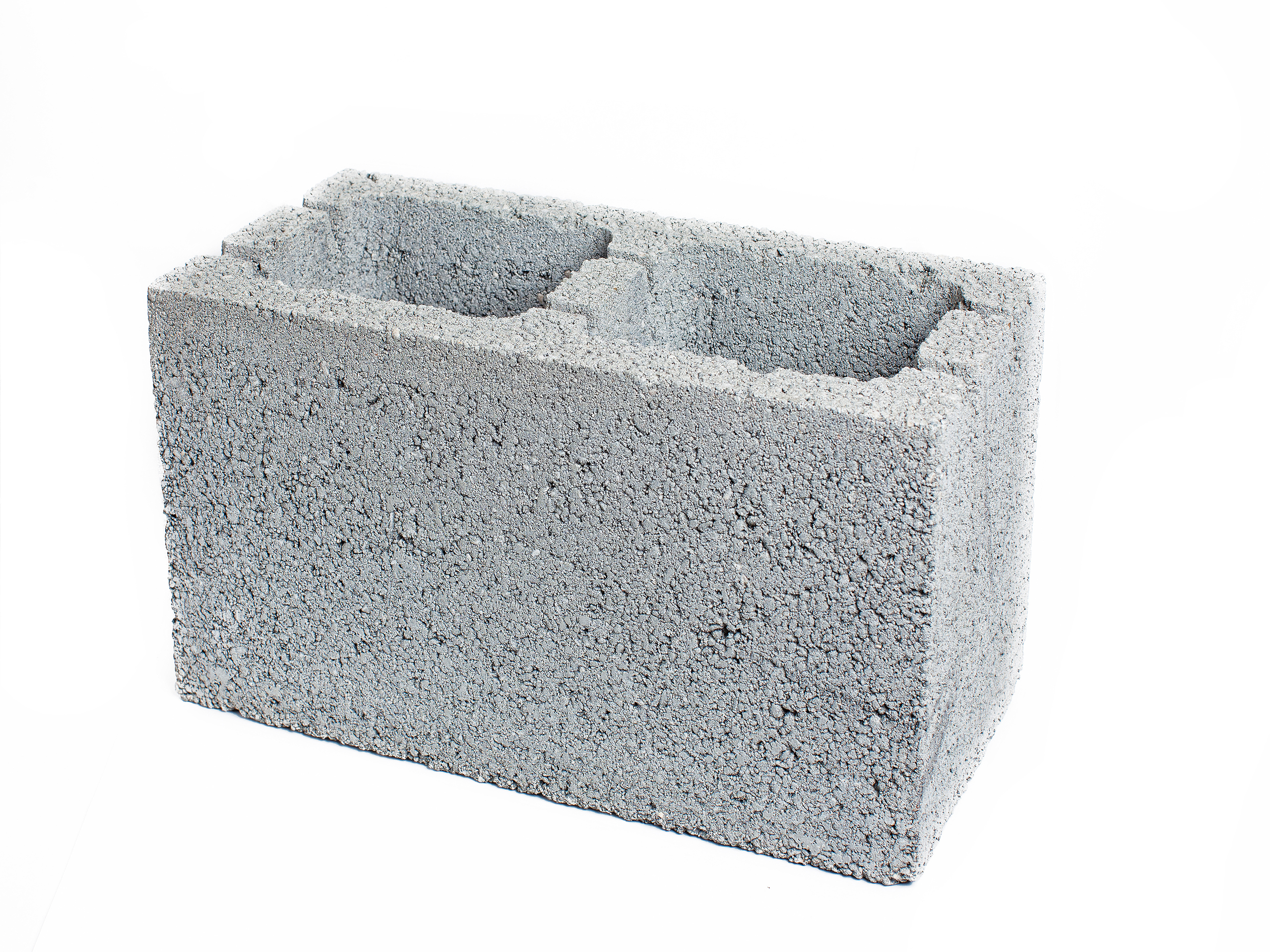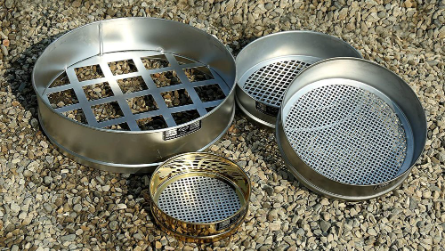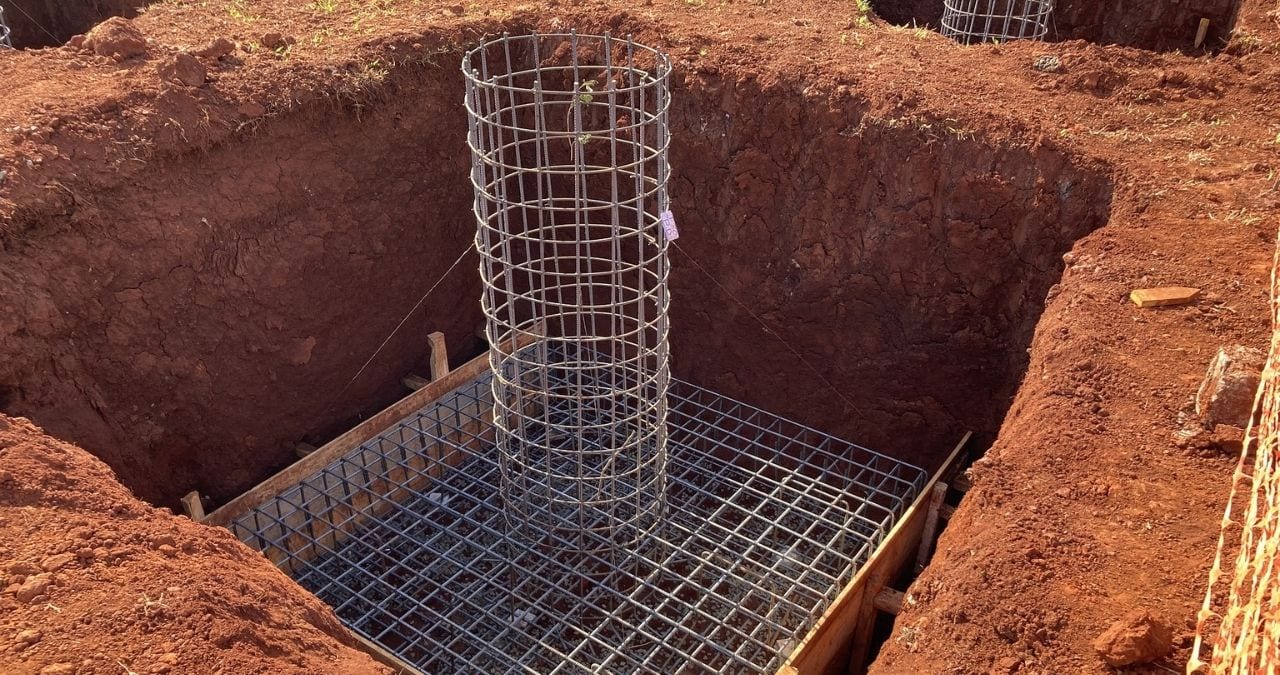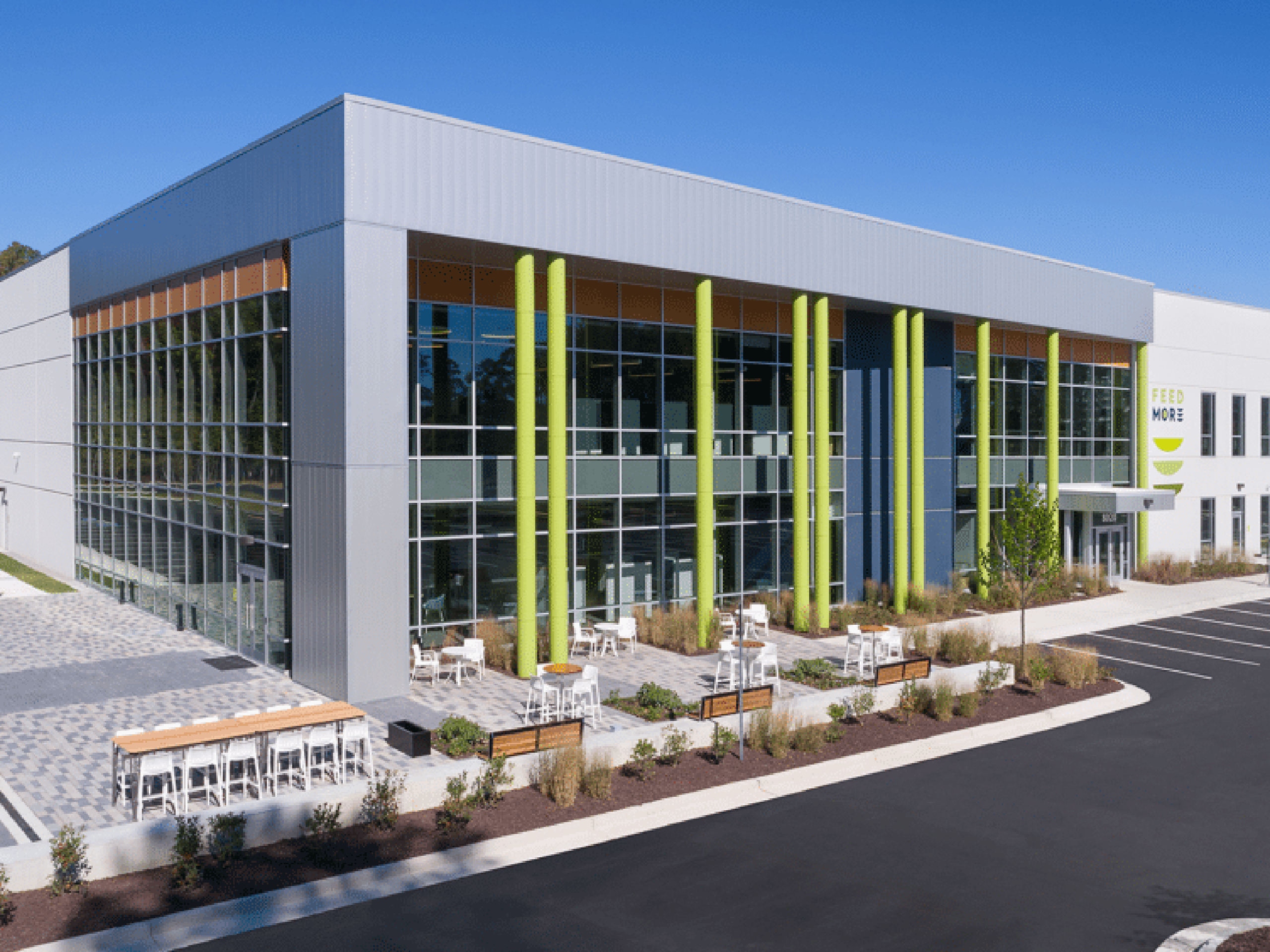Efflorescence – 1. Change on the masonry surface to a powdery white substance upon exposure to air, as a crystalline substance through loss of water. 2. To become incrusted or covered with crystals or salt or the like through evaporation or a chemical change.
What Causes Efflorescence
The water-soluble salts that are the source of the efflorescence can be present in any of the materials that constitute the masonry wall, including the masonry cement, fine aggregate, or the mix water used to produce the mortar for the masonry wall. In the case of reinforced concrete masonry units (CMU), the materials that constitute the CMU and the portland cement grout used to fill the CMU cells could be the source of water-soluble salts.
Three conditions must exist before efflorescence will occur. First, water-soluble salts must be present somewhere in the masonry wall system. Second, there must be sufficient moisture in the masonry wall system to render the salts into a soluble solution. Third, there must be a path for the soluble salts to migrate through the masonry system to the surface where the moisture can evaporate, deposit the salts, and then crystallize. If any of these conditions are absent, efflorescence cannot occur.
It is natural to assume that the efflorescence exhibited at the project site is caused by the material on which it appears, usually project brick or CMU. The soluble salt compounds that contributed to the efflorescence on the surface of the brick or CMU could actually originate from other materials within the masonry system, such as cement, mortar, grout, concrete, soil, or other materials.
When masonry is in direct contact with soil, the masonry can absorb groundwater, and the groundwater may rise, through capillary action, several feet above the ground. Water that percolates through the ground can dissolve soluble salts in the soils; consequently, most groundwater contains a high concentration of water-soluble salts.
Masonry walls should be detailed to minimize water infiltration and to provide adequate drainage for the cavity (in cavity wall construction). This requires a properly detailed cavity of sufficient width, with moisture barriers, through-wall flashing, and weep holes at shelf angles and all other horizontal barriers.
How to Prevent Efflorescence
The building code does not offer specific sections directly addressing efflorescence as a performance issue. Still, it addresses some underlying causes and materials that contribute to it. The masonry code (TMS 402/602) addresses masonry flashing (a barrier to redirect moisture to the wall exterior) and a good weep system to allow moisture to exit the wall. Otherwise, do not expect the code to offer helpful code criteria regarding efflorescence. Some of the best information about the cause and prevention of efflorescence is from the Brick Institute of America (BIA), specifically Tech Notes 20 and 23A, entitled “Cleaning Brickwork” and “Efflorescence – Causes and Prevention,” respectively.
One of the principal contributors to efflorescence in mortar and grout is the alkali content of portland cement, and codes do, generally, address this by specifying low alkali cement when required. Low alkali cement and low alkali masonry cement exist but may be difficult to find because, in 2019, ASTM eliminated the low alkali optional requirement in the ASTM C 150 standard. A review of the type of masonry cement to be used on the project is essential. Reviewing all material submittals for the project helps lessen the chance of efflorescence. Submittals for the brick, CMU, grout, admixtures, and masonry sand proposed for use are prudent in the search for the presence of sulfates, sodium, potassium, calcium, magnesium, and aluminum, all of which are common salts found in efflorescence.
ASTM C 67, “Standard Test Methods of Sampling/Testing Brick,” and ASTM C 1400, “Standard Guide for Reduction of Efflorescence Potential in New Masonry Walls,” are good ASTM standards that provide excellent information designed to assist in reducing incidents of efflorescence. ASTM C 67 presents laboratory test methods to determine if efflorescence is present in building brick (prior to construction). Modified C 67
test procedures can allow for testing individual elements of the project masonry system, such as brick, CMU, grout, masonry cement, and masonry sand, prior to project construction phases. C 67 tests and examinations can determine an efflorescence rating for each material that comprises the masonry system for the project prior to construction. These test methods and examinations can produce laboratory test data and insight into efflorescence questions about the various project masonry materials prior to project construction. C 67 efflorescence test procedures, while created for brick, can be modified to examine CMU, masonry grout, masonry sand, and masonry cement to determine the presence of water-soluble salts that would contribute to efflorescence. Material selection for the project provides the first opportunity to reduce efflorescence potential.
The best way to reduce the chances of efflorescence is to utilize construction practices that KEEP water out of the masonry system. Properly designed and constructed masonry flashing details and masonry weep systems are paramount to combat efflorescence. Hard brick surfaces are better than soft brick surfaces, just as low-absorption CMU are better than high-absorption CMU when it comes to staving off efflorescence. Full mortar joints are important – no partial mortar joints and no deep mortar furrows on the bed joints. Proper jointing tools are critical as well. Round jointing tools are better in that they do a better job of compacting that full mortar joint and keeping the weather out of the masonry system. To reduce incidents of efflorescence, V-jointing tools and grapevine jointing tools should not be used; both of these jointing tools tend to work against obtaining a full mortar joint by removing a portion of the bed joint during the tooling operation. V-jointing tools may also tend to remove too much of the bed joint, reducing the amount of (code-required) cover over the joint reinforcement, allowing an entry point to moisture. Also, remember FULL head joints! Always cover the tops of masonry walls during construction, at the end of the day, during shutdown times, and during times of inclement weather. The masonry walls should be covered approximately 24 inches down each vertical face of the wall and secured properly. The masonry units stored in the job site inventory should be stored on pallets and covered to protect them from the weather so that the masonry units are not placed into the wall in a wet state; the laying of wet masonry units during construction phases supports the potential efflorescence.
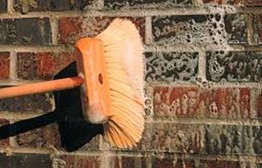
How to Remove Efflorescence
A good way to start efflorescence removal is simply with dry brushing with a stiff brush. It is generally not advisable to wash efflorescence off brickwork and masonry except in warm and dry weather since washing results in even more moisture that could bring even more salts to the surface. Chemical compounds should be tested in a small, inconspicuous area before being used to monitor for adverse effects. One possible (often-used) solution is a 5% white vinegar (acetic acid) solution in water. Another chemical solution is a diluted muriatic acid solution consisting of 1 part muriatic acid to 12 parts of water. For colored mortar and colored masonry units, a more dilute solution (1:15) may be necessary to prevent surface etching that may expose the aggregate and change colors and textures. Prior to commencing efflorescence procedures, it is a good idea to attempt to determine the moisture sources that caused the efflorescence. If you can eliminate the pathways of the excessive moisture that caused the efflorescence, you can significantly reduce the potential of future incidents of efflorescence.

